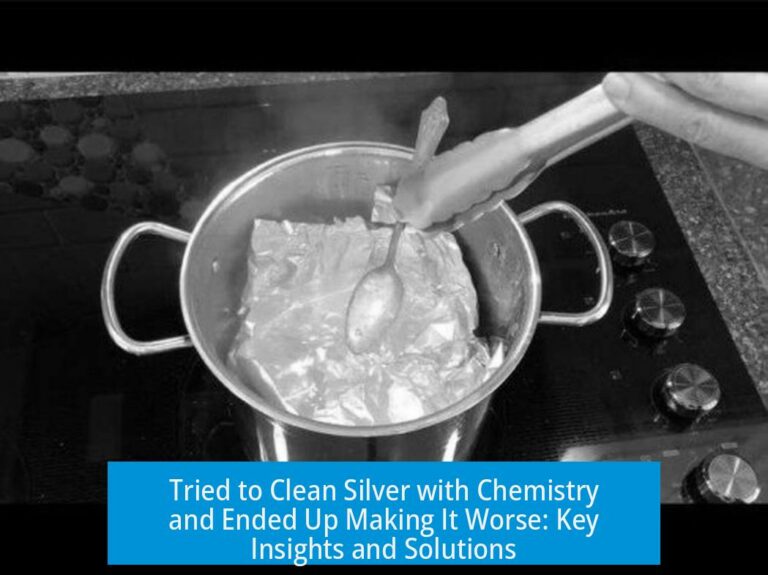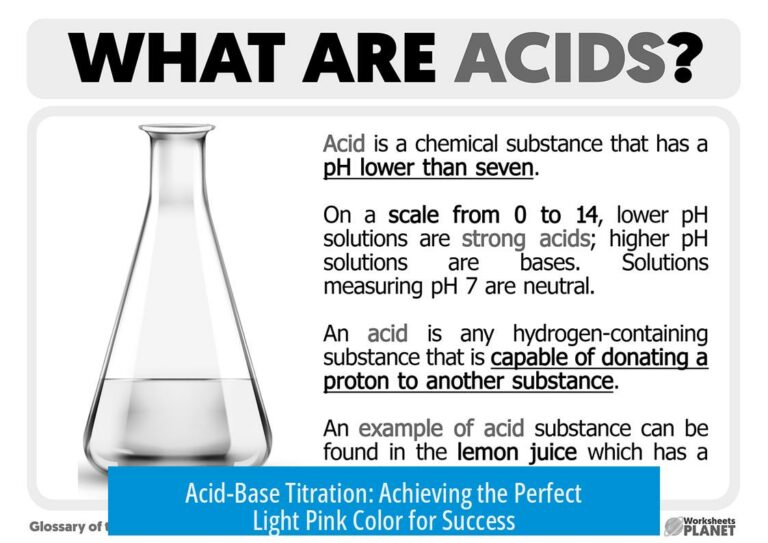Help with Blue/White Colony Screening

Blue/white colony screening is a molecular biology technique used to distinguish recombinant bacterial colonies from non-recombinant ones based on their color. Effective screening depends on several critical factors including antibiotic selection, proper use of X-gal and IPTG, and PCR verification.
Antibiotic Selection and Colony Growth
Ampicillin acts primarily as a bacteriostatic agent, not a bactericidal one. This means some non-resistant bacteria survive temporarily, leading to false negatives where negative colonies still grow on plates.
To minimize this, reduce the recovery time after transformation. Instead of incubating cells for a full hour before plating, a 10-minute incubator exposure followed by immediate plating decreases the chance of non-resistant colonies growing.
Handling X-gal and IPTG for Screening
X-gal and IPTG induce beta-galactosidase activity that causes blue coloration in non-recombinant colonies. For consistent color development, add X-gal and IPTG directly into cooled agar before pouring plates rather than spreading on top after the agar solidifies.
Mix the agar thoroughly by swirling to ensure even distribution. Uneven distribution results in colonies with inconsistent color, impairing clear differentiation between white (recombinant) and blue (non-recombinant) colonies.
Troubleshooting Colony Variation and PCR Screening
- Large Inserts: Cloning large fragments (e.g., 5.5 kb) may cause recombination and fragmented inserts, yielding smaller PCR products. Consider alternative cloning vectors or host strains to minimize recombination.
- Insert DNA Quality: Poor-quality PCR products negatively affect cloning yield and screening success.
- Colony PCR Efficiency: Direct PCR from colonies is less sensitive. Use primers that bind to both vector and insert sequences targeting a 200–300 bp region for better detection.
- Confirm Positives: Verify colonies by PCR on purified plasmid DNA or restriction enzyme digestion rather than relying solely on colony PCR.
Additional Experimental Considerations
Ligation conditions affect cloning efficiency and downstream screening. While low temperatures (4 °C) stabilize annealing, ligase activity improves at higher temperatures (16 °C). A protocol adjustment such as incubating ligation mixes at 4 °C followed by 30 minutes at room temperature optimizes enzyme function.
Measuring DNA concentration after purification is essential to use appropriate insert-to-vector ratios during ligation, directly influencing cloning and screening outcomes.
Key Takeaways
- Ampicillin’s bacteriostatic effect allows some non-resistant growth; reduce recovery time post-transformation.
- Mix X-gal and IPTG thoroughly into cooled agar for uniform colony color development.
- Large inserts may recombine; PCR screening should use vector-insert primers on small amplicons (200–300 bp).
- Confirm colony identity with plasmid PCR or restriction analysis, not just colony PCR.
- Optimize ligation temperatures to balance DNA annealing and enzymatic activity.
- Verify DNA concentration for proper ligation setup.





Leave a Comment